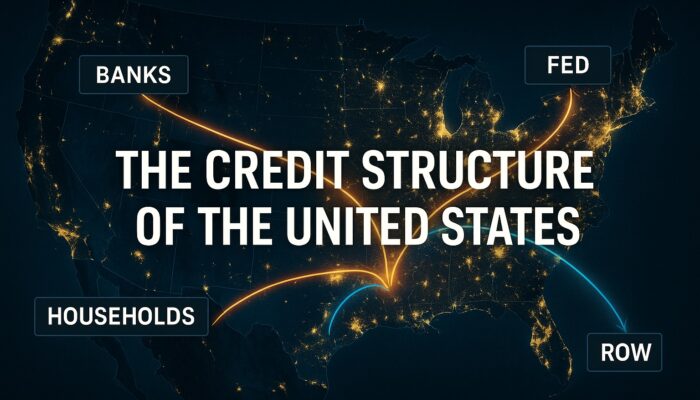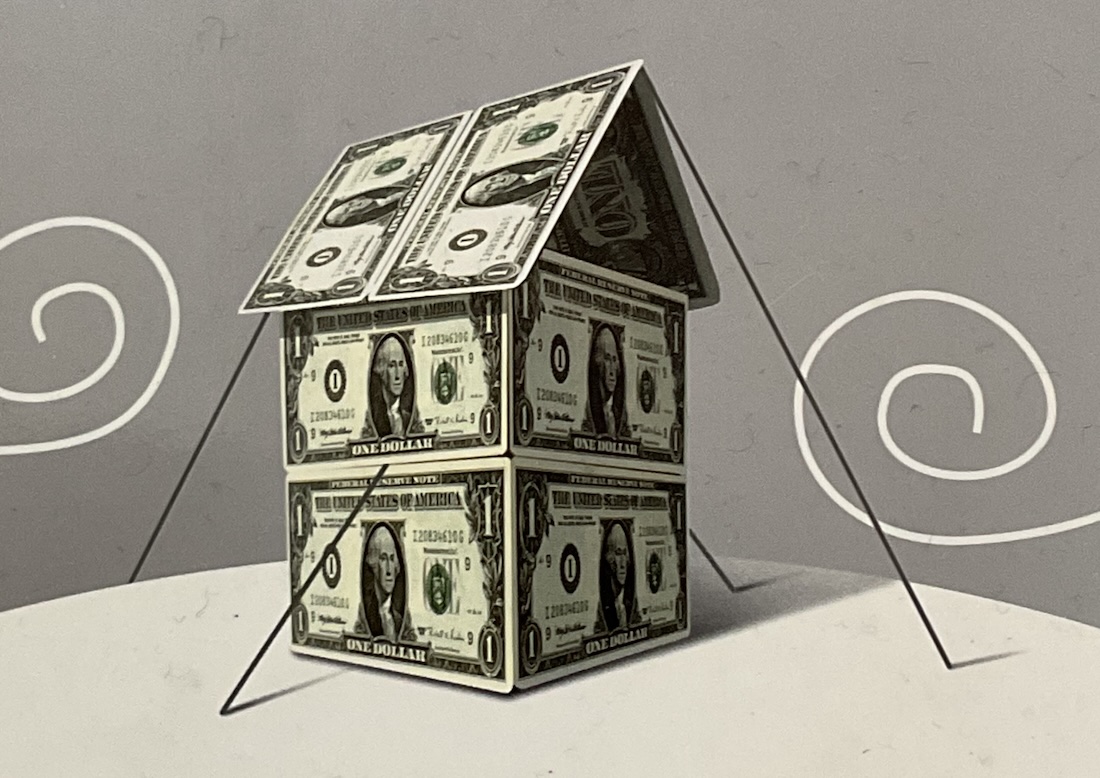The Credit Structure Of The United States

Posted June 24, 2025
The US economy is no longer driven by Saving and Investment as it was in the past. Today, it is driven by Credit Creation and Consumption.
Capitalism has evolved into Creditism – an economic system dependent on ever-expanding credit.
That means understanding the structure of credit is essential for anticipating both economic booms and financial busts.
In this 10th installment of the Creditism 101 series, we explore the Credit Structure of the United States in detail. This new Macro Watch video answers two key questions:
- What kinds of credit instruments are available to investors?
- Who are the creditors lending the money that keeps the US economy running?
💳 Nine Types of Credit Market Instruments
There are only nine types of Credit Market Instruments that investors can purchase—classified as either Debt Securities or Loans. This video breaks them down clearly and shows how their composition has changed over time.
🏦 Who Lends the Money?
From banks and mutual funds to foreign governments and households, a wide range of entities finances the debt that fuels economic activity in the US. This presentation reveals:
- Which types of creditors are most important today
- How their roles have shifted over the decades
- Why changes in their behavior could trigger financial instability
🌍 Why the Trade Deficit Matters
One especially urgent section explains the link between the US trade deficit and the Rest of the World’s financing of US debt. If new tariff policies eliminate the trade deficit, foreign purchases of US debt could collapse—potentially pushing interest rates higher and tipping the US into a severe recession.
🧠 Why This Matters for Investors
Credit growth is the engine of economic growth under Creditism. But when credit stalls, recessions follow. The Fed’s Z.1 Report (Financial Accounts of the United States) provides a powerful window into this system—and this video shows you how to interpret it.
Watch this presentation now to understand the forces shaping the future of the US economy and financial markets.
The video is 24 minutes long and contains 58 slides that can be downloaded.
🎥 To watch the full video, log in now or subscribe to Macro Watch:
For a 50% subscription discount, click on the Subscribe Now button above and, when prompted, use the discount coupon code: types
If you are interested in Political Economy, click HERE to see five of my favorite books on the subject.

